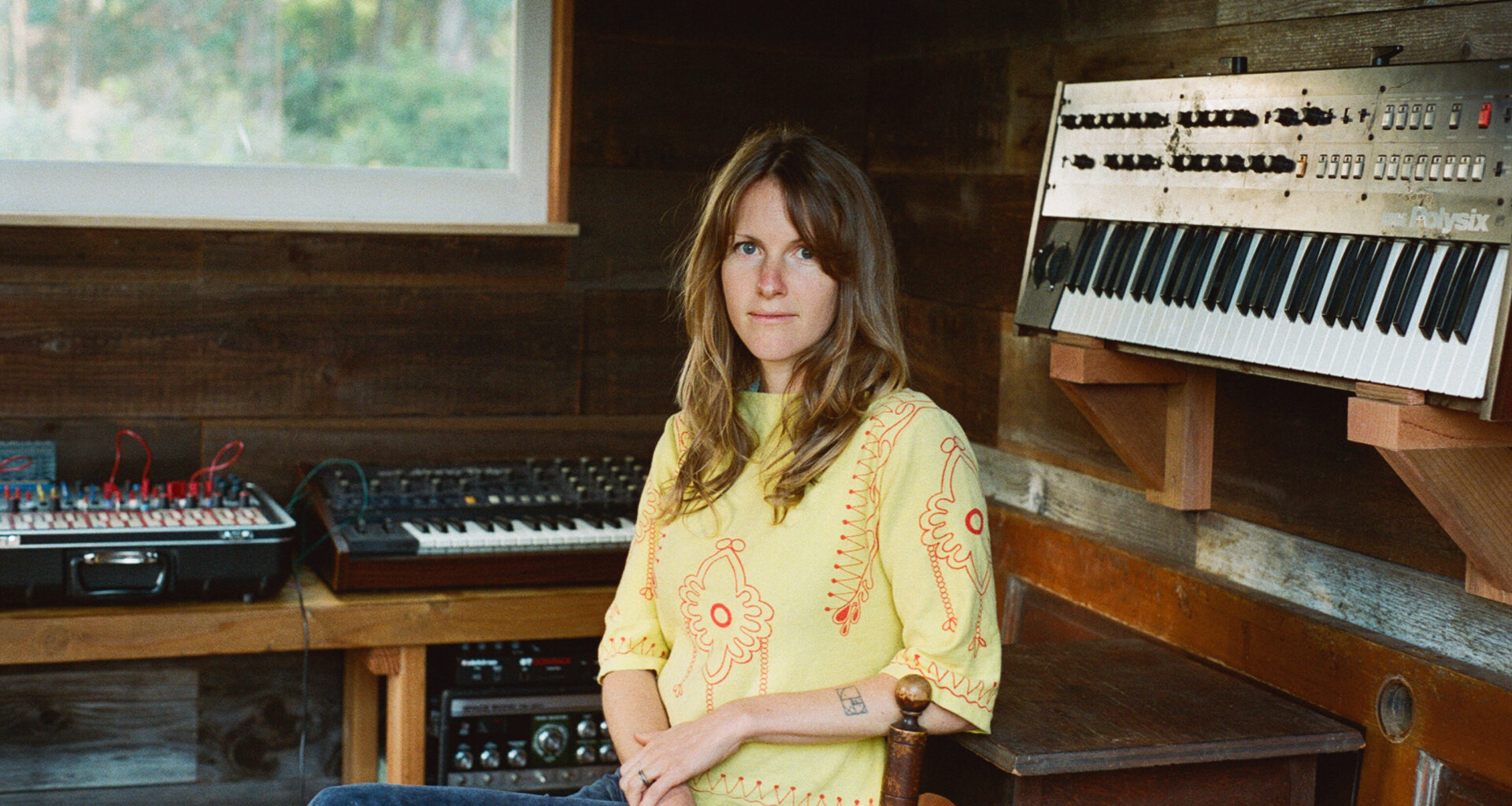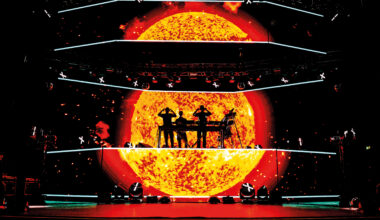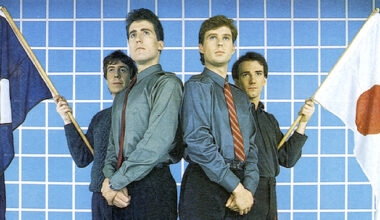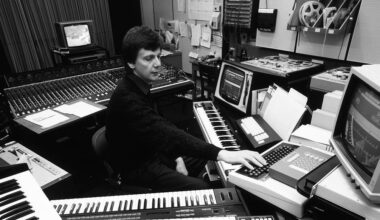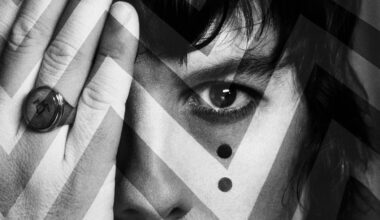For her latest solo work, the mesmeric ‘Let’s Turn It Into Sound’, American modular synthesist Kaitlyn Aurelia Smith explores complex emotions and communication, manipulating her voice into wordless entities. What she didn’t expect was that they’d start talking back…
Want to read more?
Sign up to Electronic Sound Premium to gain access to every post, video, special offers, and more. 100%, all you can eat, no commitment, cancel any time.
Already a premium member? Log in here
